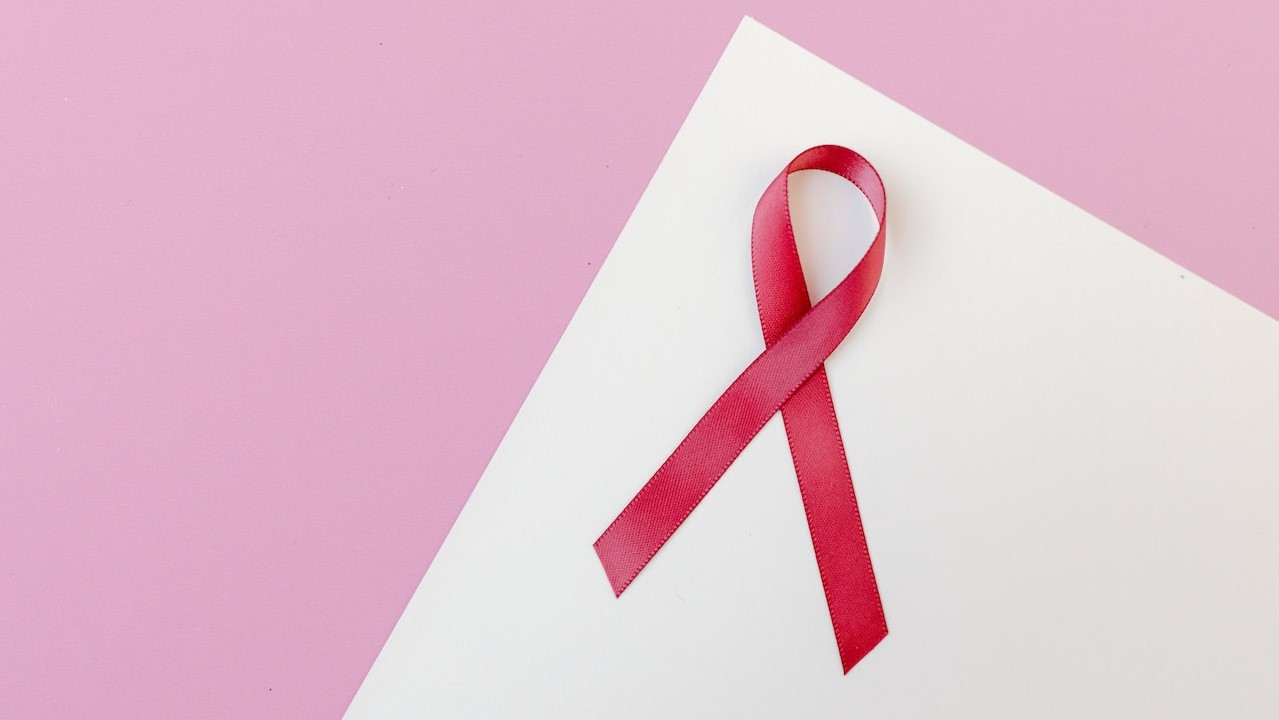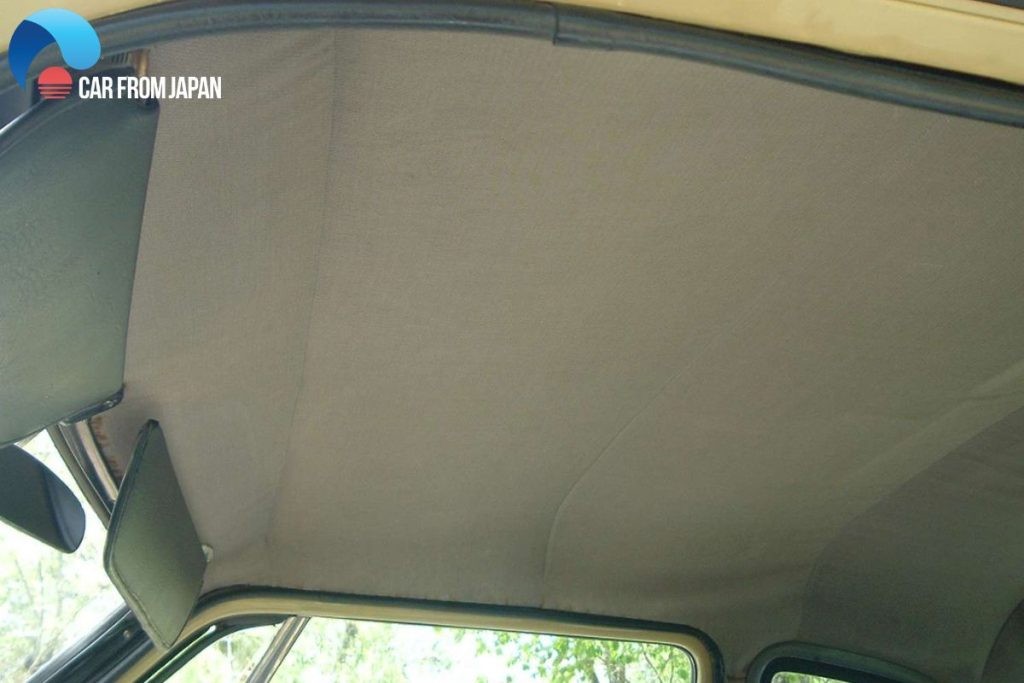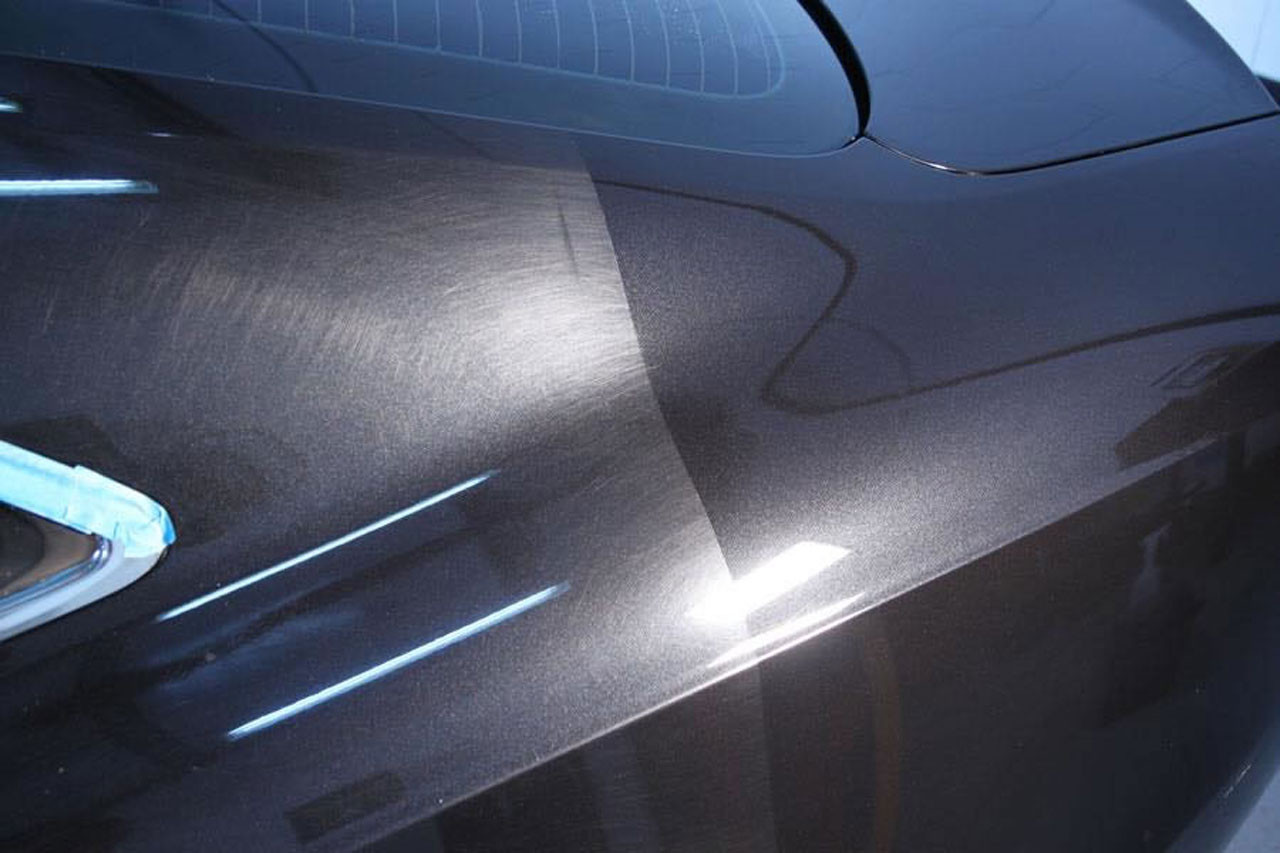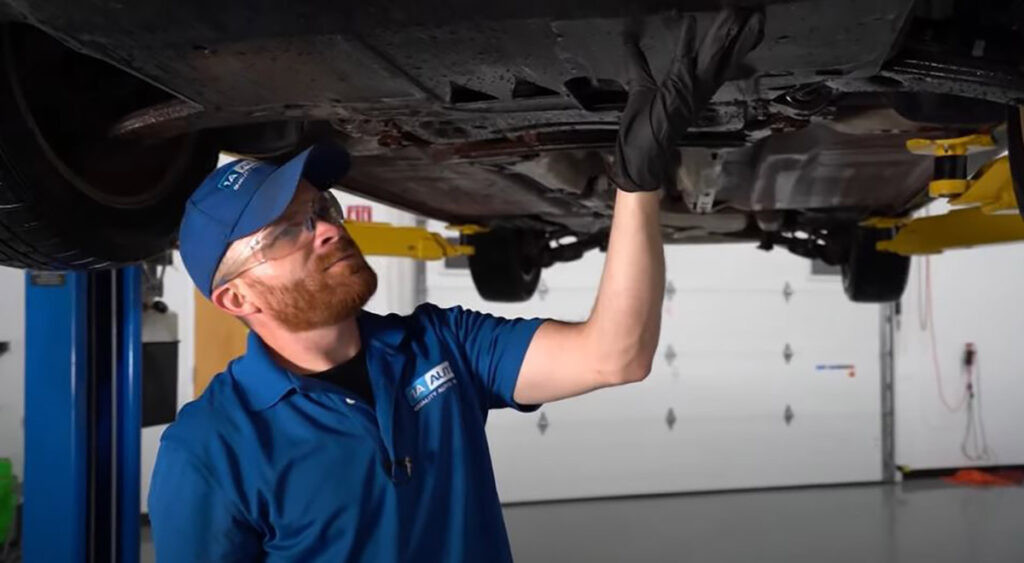How Much Does It Cost to Fix Car Scratches?

Car scratches are inevitable, but understanding the costs associated with their repair can help you make informed decisions. At CARDIAGTECH.NET, we empower you with the knowledge and tools to maintain your vehicle’s pristine condition. Explore affordable solutions and protect your investment. Learn how to identify scratch types, estimate repair costs, and maintain your car’s value with expert advice on paint restoration and auto detailing techniques.
1. Understanding the Nature of Car Scratches
Car scratches, those unwelcome blemishes on your vehicle’s otherwise flawless exterior, can be a real headache. No matter how careful you are, your car is constantly exposed to potential hazards, both when it’s parked and when you’re driving. From stray shopping carts to flying debris, the possibilities seem endless. Most of the time, you might not even witness the culprit in action. This makes preventing scratches a near-impossible task and addressing them promptly all the more important.
The cost to repair these unsightly marks hinges significantly on the type of scratch. Minor surface imperfections are usually less expensive to address. However, deeper, more extensive damage will naturally result in higher repair costs. This is because deeper scratches often require more intensive repair methods and specialized materials to restore the vehicle’s surface to its original condition.
1.1 Factors Affecting Scratch Repair Costs
Several key factors come into play when determining the overall cost of car scratch repair.
- Type and Severity of Scratch: As mentioned, the depth and extent of the scratch are primary determinants. Surface-level scuffs are far less expensive to fix than deep gouges that penetrate multiple layers of paint.
- Size of the Affected Area: The larger the area affected by scratches, the more materials and labor will be required for repair, directly impacting the cost.
- Vehicle Make and Model: Some car brands and models have more complex paint finishes or require specialized repair techniques, which can increase the cost of scratch repair.
- Paint Type and Matching: Matching the existing paint color perfectly is crucial for a seamless repair. This can be more challenging and expensive for certain metallic or custom paint finishes.
- Repair Method: Depending on the scratch type, different repair methods are used, ranging from simple buffing to complete panel repainting, each with varying costs.
- Labor Costs: Labor rates vary between auto body shops and regions. Highly skilled technicians may charge more, but their expertise can ensure a higher quality repair.
- Location: Repair costs can vary depending on your geographic location. Metropolitan areas tend to have higher labor rates than rural areas.
1.2 Why Addressing Scratches Promptly Is Important
It might be tempting to ignore a small scratch, but delaying repairs can lead to more significant problems down the road. Here’s why prompt attention is crucial:
- Preventing Rust: Scratches that penetrate the paint layers expose the bare metal underneath, making it susceptible to rust and corrosion. Rust can spread quickly, causing structural damage and significantly reducing your car’s value.
- Maintaining Aesthetics: Scratches detract from your car’s appearance, diminishing its overall appeal and potentially lowering its resale value.
- Protecting the Underlying Paint: The clear coat and paint layers protect the underlying metal from environmental damage. Leaving scratches unrepaired compromises this protection.
- Avoiding More Costly Repairs: Addressing scratches early on can prevent them from worsening and requiring more extensive and expensive repairs later.
Ignoring scratches is like neglecting a small cut – it can easily become infected and lead to more serious health issues.
 car scratches | Breast Cancer Car Donations
car scratches | Breast Cancer Car Donations
2. Identifying the Four Main Types of Car Paint Scratches
To accurately estimate the cost of repairing your car’s scratches, it’s essential to understand the different types. A car’s paint job typically consists of three primary layers: the clear coat, the base coat (color paint), and the primer. The depth of the scratch determines the complexity and cost of the repair. If a scratch penetrates fewer layers, the repair will generally be more straightforward and less expensive. Minor scratches can often be addressed with DIY methods, but deeper scratches that reach the underlying metal usually require professional attention.
2.1 Scuffs: Surface-Level Imperfections
Scuffs are the mildest type of car scratch, affecting only the very top layer of the clear coat. They often appear as hazy or cloudy marks on the surface of the paint. The good news is that scuffs are usually the easiest and least expensive to repair.
- Characteristics: Light, surface-level marks; often caused by rubbing or abrasion.
- Depth: Affects only the top layer of the clear coat.
- Repair Options: Typically removed with polishing compounds and microfiber cloths.
- Estimated Cost: Often repairable with DIY methods and inexpensive materials.
2.2 Clear Coat Scratches: A Deeper Blemish
Clear coat scratches penetrate deeper than scuffs, reaching through the clear coat layer but not extending into the base coat (color paint). These scratches are more noticeable than scuffs and require more effort to repair.
- Characteristics: More visible than scuffs; deeper than the surface level.
- Depth: Extends through the clear coat layer.
- Repair Options: Requires sanding, polishing, and potentially the application of additional clear coat.
- Estimated Cost: Professional repair typically ranges from $150 to $300.
2.3 Paint Scratches: Reaching the Color
Paint scratches are more severe, penetrating through the clear coat and into the base coat (color paint) layer. These scratches expose the underlying color and are often quite noticeable. Repairing paint scratches requires more extensive work, including repainting the affected area.
- Characteristics: Exposes the color paint layer; more noticeable than clear coat scratches.
- Depth: Extends through the clear coat and into the base coat.
- Repair Options: Requires sanding, priming, painting, and clear coat application. Often requires blending the new paint with the surrounding area for a seamless finish.
- Estimated Cost: Professional repair can range from $400 to $1,000 or more, depending on the size and complexity of the repair.
2.4 Deep Scratches: Exposing the Metal
Deep scratches are the most severe type, penetrating through all layers of paint – clear coat, base coat, and primer – and reaching the underlying metal or plastic. These scratches are the most visible and require the most extensive repair work to prevent rust and restore the vehicle’s finish.
- Characteristics: Penetrates all paint layers, exposing the metal or plastic underneath; often accompanied by visible gouges or dents.
- Depth: Extends through the clear coat, base coat, primer, and into the underlying material.
- Repair Options: Requires thorough sanding, rust removal (if necessary), priming, painting, and clear coat application. May also require bodywork to repair dents or gouges.
- Estimated Cost: Professional repair can range from $800 to $1,500 or more, depending on the extent of the damage and the complexity of the repair.
3. Factors Influencing the Cost of Car Scratch Repair
Beyond the type of scratch, several additional factors influence the overall cost of car scratch repair. Understanding these factors can help you anticipate potential expenses and make informed decisions about your repair options.
3.1 Size and Location of the Scratch
The size and location of the scratch play a significant role in determining the repair cost. Larger scratches naturally require more materials and labor to repair than smaller ones. Similarly, scratches in hard-to-reach areas or near body lines may require more specialized techniques and increase the cost.
3.2 Type of Paint and Finish
The type of paint and finish on your car can also affect the repair cost. Standard solid colors are generally easier and less expensive to match than metallic, pearlescent, or multi-coat finishes. These specialty finishes require more precise color matching and application techniques, increasing the cost.
3.3 DIY vs. Professional Repair
For minor scuffs and clear coat scratches, DIY repair may be a viable option. However, for deeper scratches that penetrate the paint or expose the metal, professional repair is generally recommended. DIY repairs can save money upfront, but if not done correctly, they can lead to further damage and ultimately increase the overall cost.
3.4 Auto Body Shop Rates and Location
Auto body shop labor rates vary depending on location and the shop’s reputation and expertise. Metropolitan areas typically have higher labor rates than rural areas. It’s always a good idea to get quotes from multiple shops to compare prices and services.
3.5 Additional Damage
If the scratch is accompanied by other damage, such as dents, dings, or rust, the repair cost will be higher. These additional issues require additional work and materials to address.
| Factor | Impact on Cost |
|---|---|
| Scratch Type | Deeper scratches (paint, deep) are more expensive than surface scuffs. |
| Scratch Size | Larger scratches require more materials and labor. |
| Paint Type | Metallic, pearlescent, and multi-coat finishes are more expensive to match and repair. |
| DIY vs. Professional | DIY can be cheaper for minor scratches, but professional repair is recommended for deeper damage. |
| Auto Body Shop Rates | Labor rates vary by location and shop reputation. |
| Additional Damage | Dents, dings, and rust increase the overall repair cost. |
4. DIY Car Scratch Repair: Is It Right for You?
For minor scuffs and clear coat scratches, DIY repair can be a cost-effective option. However, it’s essential to assess your skills, tools, and the severity of the damage before attempting a DIY repair.
4.1 When to Consider DIY Repair
DIY repair is generally suitable for:
- Minor Scuffs: Light surface scratches that only affect the clear coat.
- Clear Coat Scratches: Scratches that penetrate the clear coat but do not reach the base coat.
- Small Areas: Scratches that are limited to a small area.
4.2 Essential Tools and Materials
To perform a DIY car scratch repair, you’ll need the following tools and materials:
- Car Wash Soap and Water: To clean the area around the scratch.
- Microfiber Cloths: For cleaning and polishing.
- Rubbing Compound: To remove minor scratches and scuffs.
- Polishing Compound: To refine the finish and restore shine.
- Clear Coat Pen or Touch-Up Paint: To fill in deeper scratches.
- Wet/Dry Sandpaper (3000-5000 grit): For sanding down imperfections.
- Polishing Pad: To apply polishing compound with a drill or buffer.
- Wax or Sealant: To protect the repaired area.
4.3 Step-by-Step DIY Repair Process
- Clean the Area: Wash the area around the scratch with car wash soap and water. Rinse thoroughly and dry with a microfiber cloth.
- Apply Rubbing Compound: Apply a small amount of rubbing compound to a microfiber cloth and rub it onto the scratch in a circular motion. Apply moderate pressure.
- Polish the Area: After using rubbing compound, apply polishing compound to a clean microfiber cloth and polish the area to restore shine.
- Fill in Deeper Scratches (if necessary): If the scratch is deeper, use a clear coat pen or touch-up paint to fill it in. Apply thin layers and allow each layer to dry completely before applying the next.
- Sand Down Imperfections (if necessary): If the touch-up paint creates a raised area, use wet/dry sandpaper to carefully sand it down until it’s flush with the surrounding paint.
- Apply Wax or Sealant: Apply a layer of wax or sealant to protect the repaired area and enhance its shine.
4.4 Risks of DIY Repair
While DIY repair can save money, it also carries some risks:
- Incorrect Color Matching: If you’re using touch-up paint, it’s crucial to match the color correctly. An incorrect color match can make the repair more noticeable.
- Damage to the Paint: Aggressive rubbing or sanding can damage the surrounding paint if not done carefully.
- Uneven Finish: Achieving a smooth, even finish can be challenging without professional tools and expertise.
- Voiding Warranty: DIY repairs may void your car’s paint warranty.
 Close-Up Shot of a Pink Ribbon | Breast Cancer Car Donations
Close-Up Shot of a Pink Ribbon | Breast Cancer Car Donations
5. Professional Car Scratch Repair: When to Seek Expert Help
For deeper scratches, larger areas, or if you’re not comfortable with DIY repair, professional car scratch repair is the best option. Professional auto body shops have the expertise, tools, and materials to restore your car’s finish to its original condition.
5.1 Benefits of Professional Repair
- Expertise and Experience: Professional technicians have the knowledge and skills to properly assess the damage and choose the appropriate repair method.
- Precise Color Matching: Auto body shops use advanced color-matching technology to ensure a seamless repair.
- Professional Tools and Materials: They have access to professional-grade tools and materials that are not available to the general public.
- Warranty: Most professional repairs come with a warranty, providing peace of mind.
- Convenience: Professional repair saves you time and effort.
5.2 Choosing the Right Auto Body Shop
When choosing an auto body shop, consider the following factors:
- Reputation: Look for shops with positive reviews and a good reputation in your community.
- Certifications: Check if the shop is certified by reputable organizations, such as I-CAR or ASE.
- Experience: Choose a shop with experience in repairing scratches on your car’s make and model.
- Warranty: Ask about the shop’s warranty policy.
- Price: Get quotes from multiple shops to compare prices and services.
5.3 The Professional Repair Process
The professional car scratch repair process typically involves the following steps:
- Assessment: The technician will assess the damage and determine the appropriate repair method.
- Preparation: The area around the scratch will be cleaned and prepped for repair.
- Sanding: The scratch will be sanded down to create a smooth surface.
- Priming: A primer will be applied to the sanded area to provide a base for the paint.
- Painting: The area will be painted with a color-matched paint.
- Clear Coating: A clear coat will be applied to protect the paint and enhance its shine.
- Polishing: The repaired area will be polished to blend it seamlessly with the surrounding paint.
6. Cost-Saving Tips for Car Scratch Repair
While car scratch repair can be expensive, there are several ways to save money:
- Get Multiple Quotes: Compare prices from different auto body shops.
- Consider DIY Repair for Minor Scratches: If you’re comfortable with DIY repair, you can save money on labor costs.
- Repair Scratches Promptly: Addressing scratches early on can prevent them from worsening and requiring more expensive repairs later.
- Negotiate with the Auto Body Shop: Don’t be afraid to negotiate the price with the auto body shop.
- Check Your Insurance Policy: Your insurance policy may cover car scratch repair, depending on the circumstances.
7. Maintaining Your Car’s Paint to Prevent Scratches
Prevention is always better than cure. Here are some tips to maintain your car’s paint and prevent scratches:
- Wash Your Car Regularly: Washing your car regularly removes dirt, debris, and contaminants that can scratch the paint.
- Wax Your Car Regularly: Waxing your car creates a protective layer that helps prevent scratches.
- Park in Safe Locations: Avoid parking near shopping carts, trees, and other potential hazards.
- Be Careful When Washing and Drying: Use a soft sponge or microfiber cloth when washing your car and avoid using abrasive cleaners.
- Consider Paint Protection Film (PPF): PPF is a clear film that can be applied to your car’s paint to protect it from scratches, chips, and other damage.
8. Understanding Car Insurance and Scratch Repair
Your car insurance policy may cover scratch repair, depending on the circumstances and the type of coverage you have.
8.1 Comprehensive Coverage
Comprehensive coverage typically covers damage to your car that is not caused by a collision, such as scratches caused by vandalism, falling objects, or weather events.
8.2 Collision Coverage
Collision coverage covers damage to your car caused by a collision with another vehicle or object. It may cover scratches caused by a hit-and-run accident.
8.3 Deductible
Most insurance policies have a deductible, which is the amount you have to pay out of pocket before the insurance company pays for the rest of the damage. If the cost of the scratch repair is less than your deductible, it may not be worth filing a claim.
8.4 Filing a Claim
Before filing a claim, consider the following:
- Cost of Repair: Get an estimate from an auto body shop to determine the cost of the repair.
- Deductible: Consider your deductible and whether it’s worth filing a claim.
- Impact on Premiums: Filing a claim may increase your insurance premiums in the future.
9. The Role of CARDIAGTECH.NET in Automotive Care
At CARDIAGTECH.NET, we understand the importance of maintaining your vehicle’s condition. We offer a wide range of automotive tools and equipment to help you keep your car looking its best.
9.1 Our Commitment to Quality
We are committed to providing our customers with high-quality products that are designed to last. Our tools are made from durable materials and are backed by a warranty.
9.2 Products and Services Offered
- Polishing Compounds: We offer a variety of polishing compounds to remove minor scratches and restore shine.
- Clear Coat Pens and Touch-Up Paint: We offer clear coat pens and touch-up paint to fill in deeper scratches.
- Microfiber Cloths: We offer high-quality microfiber cloths for cleaning and polishing.
- Automotive Diagnostic Tools: We offer diagnostic tools to help you identify and repair other issues with your car.
- Expert Advice: Our team of experts is available to answer your questions and provide advice on car care.
9.3 How CARDIAGTECH.NET Can Help You
CARDIAGTECH.NET can help you maintain your car’s paint and prevent scratches by providing you with the tools and knowledge you need to keep your car looking its best. We also offer a wide range of automotive diagnostic tools to help you identify and repair other issues with your car.
10. Frequently Asked Questions (FAQ) About Car Scratch Repair
1. How much does it generally cost to fix a car scratch?
The cost varies greatly depending on the severity and location of the scratch, ranging from $150 for minor clear coat scratches to over $1,500 for deep scratches that require extensive bodywork.
2. Can I fix a car scratch myself, or do I need to go to a professional?
Minor scuffs and clear coat scratches can often be fixed with DIY methods, but deeper scratches that penetrate the paint layers or expose metal should be handled by professionals.
3. What are the different types of car scratches?
The main types are scuffs (surface-level), clear coat scratches (affecting only the clear coat), paint scratches (reaching the color paint), and deep scratches (penetrating all layers).
4. Will my car insurance cover the cost of scratch repair?
It depends on your policy and the circumstances. Comprehensive coverage may cover scratches caused by vandalism or weather, while collision coverage may cover scratches from accidents.
5. How can I prevent car scratches in the first place?
Regular washing and waxing, parking in safe locations, careful washing and drying techniques, and considering paint protection film can help prevent scratches.
6. What tools and materials do I need for DIY car scratch repair?
Essential tools include car wash soap, microfiber cloths, rubbing compound, polishing compound, clear coat pen, wet/dry sandpaper, polishing pad, and wax or sealant.
7. How do I choose the right auto body shop for scratch repair?
Look for shops with positive reviews, certifications, experience with your car’s make and model, a good warranty policy, and competitive prices.
8. What is paint protection film (PPF), and is it worth it?
PPF is a clear film applied to your car’s paint to protect it from scratches, chips, and other damage. It’s a worthwhile investment if you want to preserve your car’s finish.
9. Can I use touch-up paint to fix a car scratch?
Yes, touch-up paint can be used to fill in deeper scratches. Ensure the color matches your car’s paint and apply thin layers, allowing each layer to dry completely before applying the next.
10. How can CARDIAGTECH.NET help with car scratch repair?
CARDIAGTECH.NET offers high-quality polishing compounds, clear coat pens, microfiber cloths, and expert advice to help you maintain your car’s paint and address scratches effectively. Contact us at 276 Reock St, City of Orange, NJ 07050, United States, Whatsapp: +1 (641) 206-8880, or visit our website CARDIAGTECH.NET for immediate assistance.
Experiencing scratches on your car can be frustrating, but with the right knowledge and tools, you can effectively address them and maintain your vehicle’s appearance. Whether you choose to tackle minor scratches yourself or seek professional help for more extensive damage, understanding the different types of scratches, repair options, and cost-saving tips will empower you to make informed decisions. Remember, prompt action is key to preventing further damage and preserving your car’s value. Contact CARDIAGTECH.NET today for expert advice and the tools you need to keep your car looking its best!







